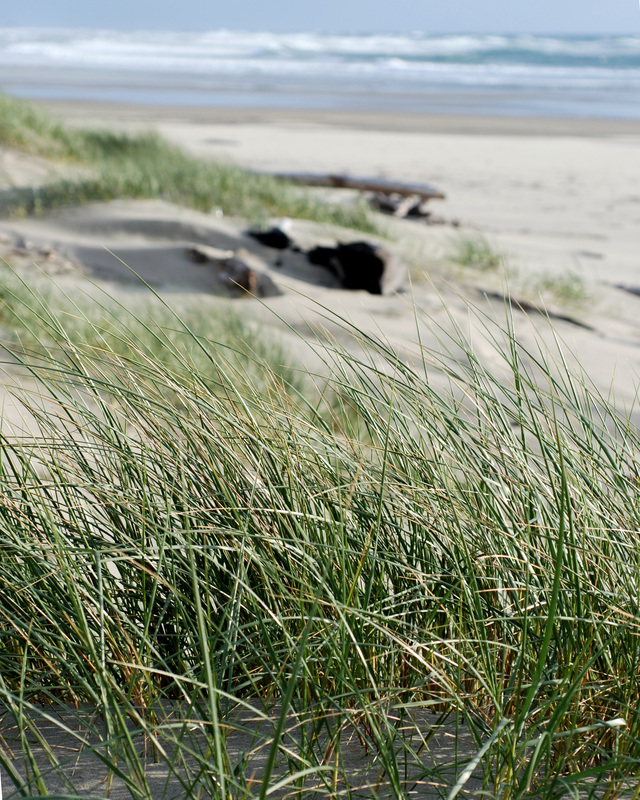back to SpaCE Lab Research Overview
Invasive Species, Ecosystem Services, & Coastal Dunes
|
In the U.S. Pacific Northwest (PNW), the introductions and subsequent invasions of two Ammophila beach grasses caused landscape-scale transformations of coastal dune shape. The grasses created large, continuous, and densely vegetated foredune ridges parallel to the shoreline, replacing the natural sand-shifting and sparsely vegetated environment. The invasions resulted in threatening the Western snowy plover, and declines in some native plants.
At the same time, the large foredunes created by Ammophila provide an important ecosystem service for humans - coastal protection from overtopping waves. This research investigates both the positive and negative effects of these invasions. We seek to understand the biological and physical mechanisms that influence invasion success, community composition, and dune shape, as well as the implications of removing the invaders. It is especially important to understand these mechanisms and implications in light of documented increases in wave heights, and predictions of sea level rise during climate change.
|
Predicting Invasion Hotspots

The freshwater diatom, Didymosphenia geminata, has recently and rapidly invaded New Zealand’s South Island. We are developing predictive models of invasion hotspots throughout New Zealand. These models incorporate dispersal through stream networks, as well as experimentally-derived environmental conditions that lead to bloom conditions. By incorporating these important invasion mechanisms with environmental predictors, the models provide more robust predictions about existing and potential invasion hotspots. In addition to guiding management, these models help identify the biological and physical variables that are most important to successful invasions.
- Lab Members: Phoebe Zarnetske
- Collaborators: Cathy Kilroy (NIWA), Philippe Gerbeaux (DOC), John Leathwick (DOC), Martin Unwin (NIWA), Max Bothwell (Environment Canada)
- Funding: NSF IGERT Ecosystem Informatics, National Institute for Water and Atmospheric Research, NZ Department of Conservation, Biosecurity New Zealand


